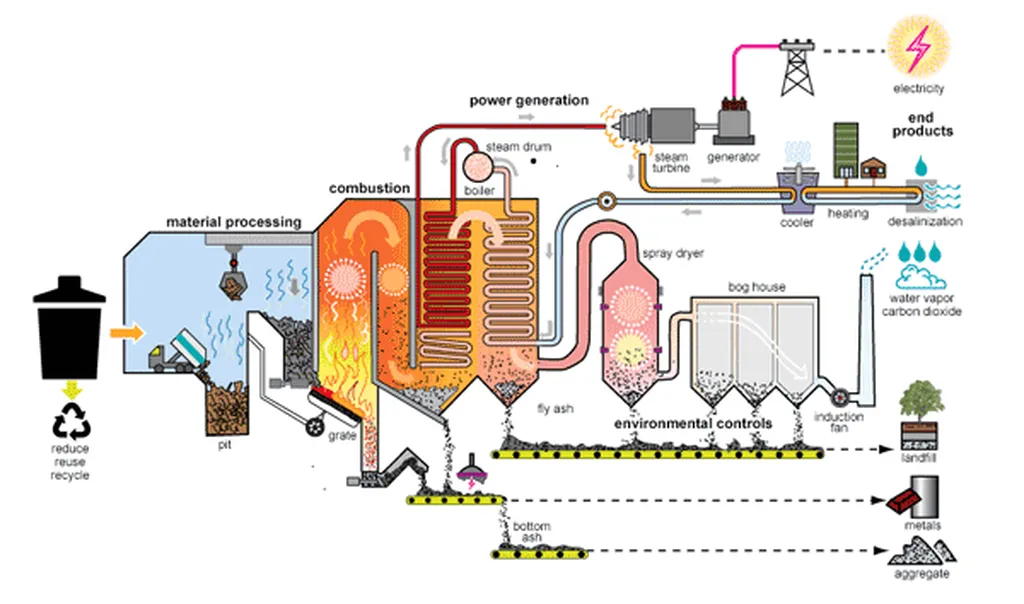In the quest for sustainable energy solutions, scientists are turning to an unlikely ally: waste heat. A recent study published in *Information & Functional Materials* (translated from Japanese as *Information and Functional Materials*) is shedding light on the potential of organic thermoelectric materials to harness low-grade heat, offering a flexible and lightweight alternative to traditional energy systems. The research, led by Qingshuo Wei from the National Institute of Advanced Industrial Science and Technology (AIST) in Tsukuba, Japan, is paving the way for innovative applications in the energy sector.
Thermoelectric materials generate electricity from temperature differences, and while inorganic materials have dominated the field, organic alternatives are gaining traction due to their unique advantages. “Organic thermoelectric materials offer intrinsically low thermal conductivity, mechanical flexibility, and compatibility with large-area and solution-based processing,” explains Wei. These properties make them ideal for applications where traditional materials fall short, such as in flexible and lightweight energy systems.
The study highlights significant advancements in both p-type and n-type organic materials. P-type materials, like poly(3,4-ethylenedioxythiophene):polystyrene sulfonate (PEDOT:PSS), have been optimized through solvent treatments and de-doping strategies. Meanwhile, recent progress in air-stable n-type polymers, such as poly(benzodifurandione) (PBFDO), has narrowed the performance gap, making fully organic thermoelectric modules a feasible reality.
Wei’s team has also made strides in device-level integration, presenting case studies of system-level implementation. Their contributions include thermal lamination techniques and integrated circuits, which are crucial for practical applications. Despite their modest power factors and thermoelectric figures of merit, organic thermoelectric materials offer unique advantages in terms of low weight, processability, and scalability. These qualities make them particularly suited for gram-scale modules and powering small-scale electronic devices and Internet-of-Things (IoT) systems using ambient thermal energy.
The implications for the energy sector are profound. As the demand for sustainable and efficient energy solutions grows, organic thermoelectric materials could play a pivotal role in harvesting waste heat from various sources, such as industrial processes, vehicles, and electronic devices. This could lead to significant energy savings and reduced carbon emissions, contributing to a more sustainable future.
The research not only advances our understanding of organic thermoelectric materials but also opens up new possibilities for their commercial applications. As Wei notes, “Our group’s previous contributions to module design, such as thermal lamination techniques and integrated circuits, are presented as case studies of system-level implementation.” These innovations could drive the development of next-generation energy systems that are more efficient, flexible, and environmentally friendly.
In conclusion, the study by Wei and his team represents a significant step forward in the field of organic thermoelectrics. By focusing on molecular design, doping mechanisms, and device-level integration, they are bridging the gap between laboratory research and practical applications. As the energy sector continues to evolve, organic thermoelectric materials are poised to play a crucial role in shaping a more sustainable and efficient energy landscape.

